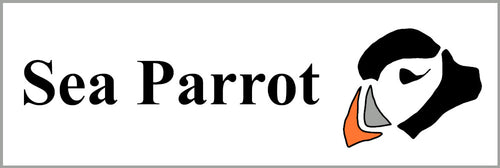I’ve been asked to write a series of blogs that explain the very basics of patchwork and quilting for complete beginners. So if you are excited about trying patchwork but don’t know where to begin, this series is for you.
At my last quilt show, someone told me that her husband says ‘patchwork is cutting up fabric and then sewing it back together again’, and it is, but it’s the way that you do it! The choice of pattern, fabric and colour combinations are crucial to the success of your quilt and so it is worth spending a lot of time at the beginning ‘playing’ with fabrics until you feel you’ve got it absolutely right.
A good beginners quilt to try would be one made of simple squares or rectangles sewn together in rows. I’m just going to show you how to sew a small block together but to make a whole quilt, you just add on more squares or rectangles until you get to the size of quilt you want.
N.B. If you are making a quilt or other item that has to be washed after, you must wash you fabrics before you start cutting and sewing. My fabrics are 100% cotton and can be washed at 30 degrees, preferably with a non-biological washing liquid/powder. It is best to place the fabrics in a tied up cotton pillow case or bag to reduce fraying. The fabric will shrink by approximately 1/4 inch after the first wash. Then iron the fabrics on the back whilst still slightly damp.
Cutting fabric
Patchworkers generally use a rotary cutter, perspex ruler and cutting board to accurately cut their fabrics and, I assume, because a lot of quilt designs are traditional or American, they usually work in inches. For us metric people this can be tricky sometimes but you get used to it. If you are just trying patchwork and don’t want to buy a lot of equipment, it’s fine to mark the fabric on the back with a fabric pen, tailors’ chalk or pencil and then cut using scissors. I cut my squares 3 1/2 inches x 3 1/2 inches but you could use any size you want.


Sewing the fabric together
This is called ‘piecing’. Take the first two fabric squares, or pieces, from the top row and place then ‘right sides together’. Pin them along the edge to be sewn. It is important to make sure that the pins will be facing away from you as you sew as you will stop to take them out as you go along. Please be very careful when doing this and always stop sewing first.

Patchworkers use a 1/4 inch seam for sewing pieces together. You can use a normal machine sewing foot for this but their are special 1/4 inch seam feet available. There is no need to finish the edges with zigzag stitch etc. to prevent fraying as the seams will be encased inside the quilt layers. Also, this would be tricky to do when you progress onto other designs, if not impossible!

Open out your two fabric pieces and now place the next in the row ‘right sides together’ with the one it is to be sewn with. Pin them together along the edge to be sewn and sew with a 1/4 inch seam, removing the pins as you go. Continue on doing this until the quilt is at the width you require. You have completed sewing the top row. Now repeat this process for each row of your quilt.

Next it is important that you press the seams. When ironing on the front, I always place a clean cotton cloth between the iron and my quilt to prevent staining. Ironing directly on the back is fine. Take the top row and press the side seams all in one direction, all to the left or all to the right. Press at first on the back and then press it on the front making sure there are no folds. Take the second row and repeat but this time pressing all the seams in the opposite direction to those of the top row. The next row’s seams should be pressed as the first row. Repeat this process, pressing seams in alternate directions, as you move down the quilt. This prevent bulkiness when you are sewing the rows together and gives a flatter finish.

Take the top row and the second row and place them ‘right sides together’. Match the seams together as much as possible and pin them together at the edge to be sewn. Sew them together taking out the pins as you go. Open it out, take the next row down, match the seams and pin as before. Sew them together. Continue doing this until all the rows have been sewn together.

Press the seams on the back either all in one direction, open or away from the lighter fabric. It’s up to you but do the same for the whole quilt top.

Press the top. Stage one of your quilt, the quilt topper, is finished.

